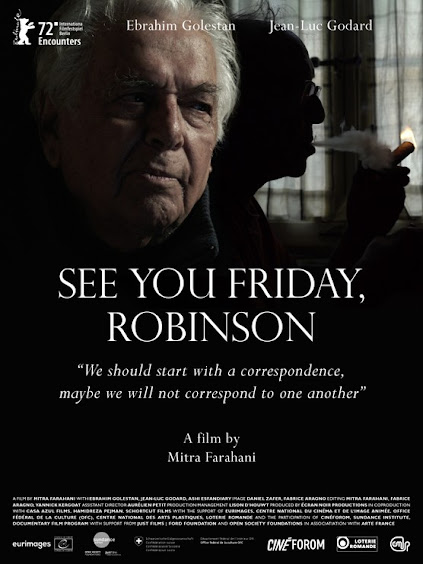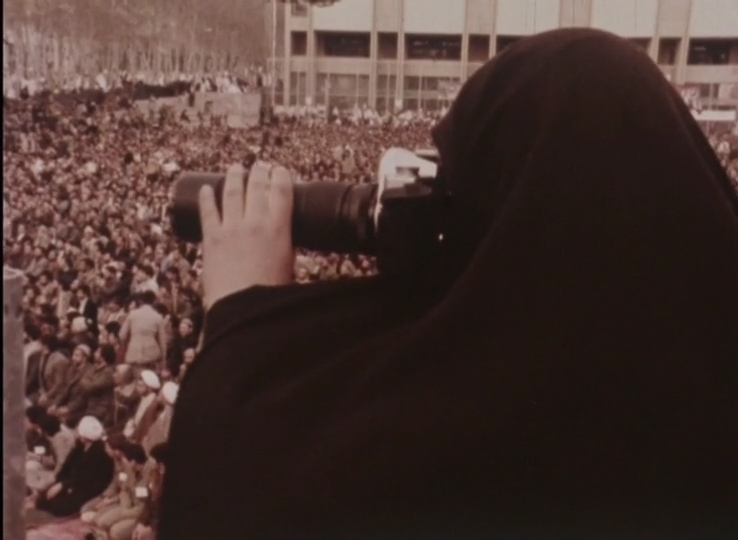 |
| Rouben Mamoulian, Lost and Found |
Free admission screening of the film at Il Cinema Ritrovato, on June 23, 14.30, Sala Scorsese.
When it comes to filmed interviews, Mamoulian is one of the well-documented giants of classical Hollywood. His eloquence and wisdom can be heard in interviews shot for documentaries about his friends (George Stevens: A Filmmaker's Journey, shown at Il Cinema Ritrovato 2021) or horror cinema (The Horror of It All by Gene Feldman and Suzette Winter, 1983). There are films exclusively about him such as Patrick Cazals's Rouben Mamoulian, l’âge d’or de Broadway et Hollywood (2007) which also features brief clips of interviews that Iranian director of Armenian origins, Arby Ovanessian (a guest of Il Cinema Ritrovato 2022) conducted with Mamoulian. Television networks, too, since the revival of his films in the 1960s, have interviewed him as in BBC's Film Extra (1973). However, this French television interview, by one of the fathering figures of television documentaries on cinema, André S. Labarthe, was lost for decades until retrieved and made into the Rouben Mamoulian, Lost and Found. This is the most detailed career interview Mamoulian ever gave on film.

























